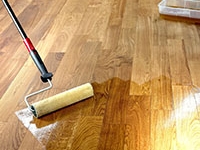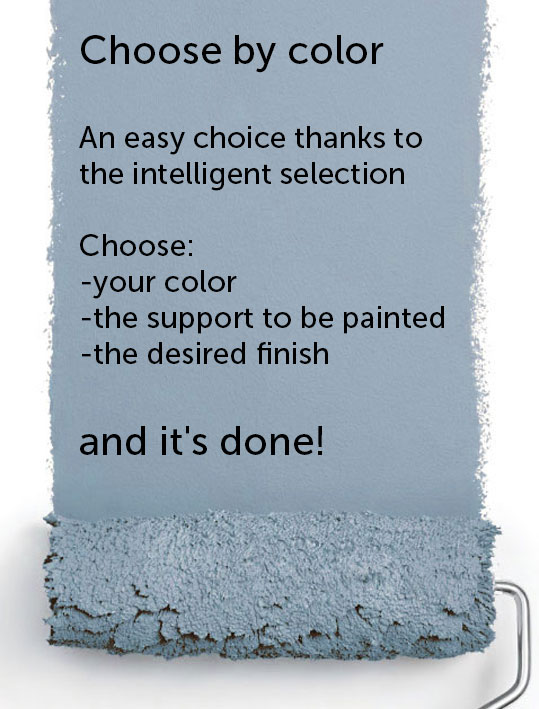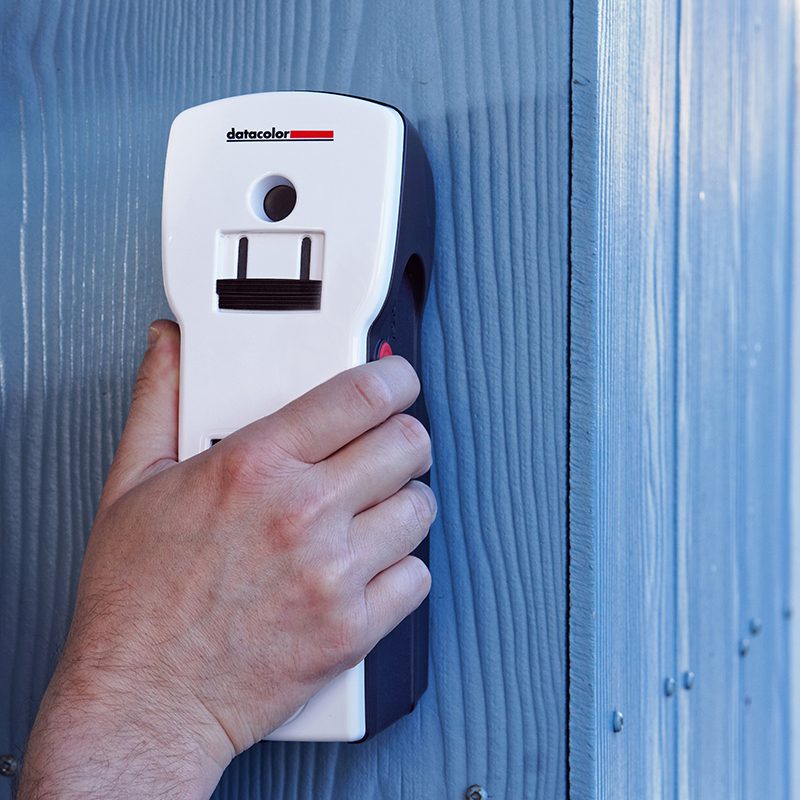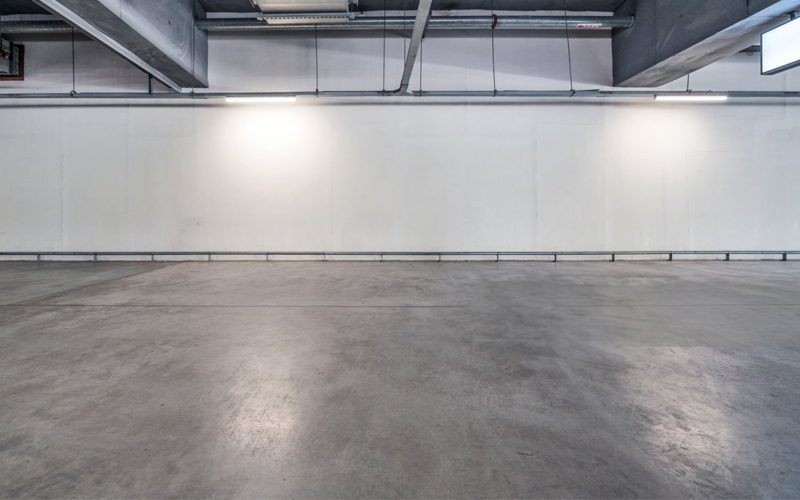How to sand a parquet or floor?
The key to obtaining a good result when varnishing a parquet floor is, above all, good sanding. Sanding the parquet is carried out in three passes with an increasingly fine grain, the last sanding must be done in the direction of the grain of the wood for the case of a parquet laid in the English style or in the direction of the grain. light for non-parallel patterns like mosaics. The first two sandings of the parquet will be done using a drum sander.
First pass to sand a parquet floor : coarse grain (24 to 40) allows you to remove small irregularities from the parquet floor as well as any stains. It is done in 2 passes diagonally to the wood fibers, thus avoiding excessive abrasion of soft woods.
Second pass to sand a parquet floor : medium grain (50 to 80) prepares the surface for finishing sanding and is done transversely to the first sanding.
Final pass to sand a parquet floor: done with a single brush and a fine grain (100 to 120) in the direction of the wood fibers or in the direction of the incidence of light. The finer the grain, the smoother the surface will be.







